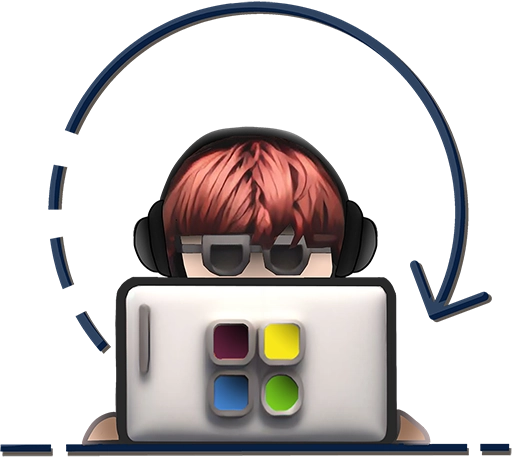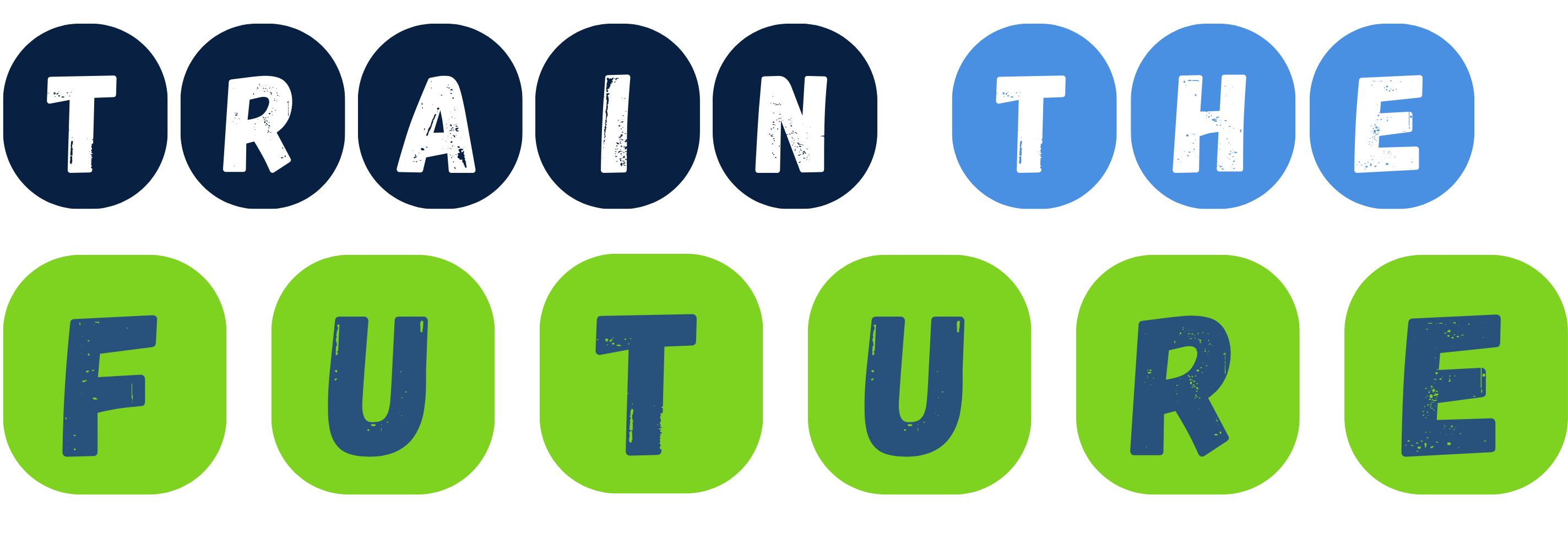Hearing a lot about AI and wondering if children in Germany are ready for the new era? Sama Tanveer from Train the Future, a leading programming school in Germany, explains why it has become necessary to supplement regular school education with programming courses, and what parents can do to ensure their child is ready for the future.
Within the latest OECD’s Programme for International Student Assessment (PISA) report, a glaring trend emerges: Germany’s standing in science, technology, engineering and mathematics (STEM or MINT in German) is on a downward trajectory.
Germany was ranked 25th, trailing behind most developed countries such as Singapore, Japan, Korea, Canada, Switzerland, the United Kingdom and the United States. 88% of Germans would like to see better digital education in schools, according to a recent eco Association survey, but a breakthrough is not expected in the near future. We therefore must bridge the gap by providing alternative education paths for children until the school systems adapt.
How coding helps prepare kids for the future
STEM education is best taught by coding – the global language of our world. Those proficient in coding can transcend geographical and cultural boundaries, be innovative and efficiently tackle challenges without hindrance to their progress. As Steve Jobs famously said, “Programming teaches you how to think.”
Coding sets children on a path to stay ahead of the curve and adapt to a future driven by technology. Conversely, those who are not exposed to coding, regardless of the professional field they choose as adults, face the possibility of being left behind their global peers.
What milestones are children targeting globally at different ages?
To give you an idea of what to aim for with your child’s education, here’s an overview of the milestones that kids around the world are already hitting when it comes to their technological education.
Age 5 to 8
Your child should be able to perform keyboard typing, read at a speed of 25 characters per minute, create digital images, presentations and spreadsheets, develop infographics, perform a web search and give oral presentations. Introducing your child to Scratch Junior and using cloud storage services such as Google Kids Workspace at this age is also recommended.
Age 8 to 10
Your child should be able to create applications and games in the block-based programming language Scratch, and understand the main principles of graphic design and vector graphics in practice. Currently Germany lags far behind other countries in Scratch adoption.
Age 10 to 12
If your child is interested in gaming, introducing them to the programming language LUA will allow them to create their own games in Roblox Studio. This will foster creativity, empower their imagination and provide them with the basics of vectors, graphics, mathematics and programming logic.
Age 11 to 18
Your child should already be enroled in Python programming courses, aiming to become proficient in Python development before reaching university age. While universities have made significant strides in digital transformation, schools still lag behind. It is essential to equip your child at the foundational level so they are better prepared for the evolving landscape of technology.
How to make a child fall in love with programming
Responding to this lack of technical education in schools, there has been a rise in the number of EdTech sector companies offering online (and offline) after-school programming classes for children.
What should I consider when choosing a course for my child?
If you’re considering enroling your child in a programming or coding course, here are some things to bear in mind to ensure it’s a good fit and that it keeps them motivated and engaged.
1. In-person classes
Technical and soft skills are much better taught in a classroom setting compared to an online or mobile app based platform. Ideally, opt for a provider that offers in-person classes.
2. Curriculum design
Your chosen class should have a comprehensive curriculum organised in modules that cover all aspects of learning. As your child progresses in age, the journey and complexity of their learning should also evolve, providing them with a clear path towards becoming an advanced Python developer before entering university. The curriculum needs to be regularly updated to match the growing pace of this industry.
3. Teachers
Your child will encounter numerous challenges throughout their learning journey, which will be both unique and frustrating for them. Qualified teachers can not only solve complex technical problems but are also pedagogically equipped to make the experience interesting and engaging.
4. Gamified platforms
Making sure your child has access to a platform customised for their age, that gamifies the experience, is crucial to maintaining interest. Such AI powered platforms should also adjust the complexity of questions based on the student’s appetite.
5. Global social network
Showcasing projects on a global scale initiates the exchange of diverse ideas that motivates students to build bigger and more complex projects. Your chosen course provider should offer your child connections with other learners all around the world.
6. Physical classroom and hackathons
Collaborating on projects in a physical classroom and participating in hackathons can help to improve your child’s social, teamwork and project management skills. Consider whether the course you’re looking at offers elements like this in its curriculum.
7. Your child’s interests
Programming is a versatile skill that is applicable across all industries such as healthcare, automotive and media. If your child is not currently interested in programming, there are other technical skills they can explore such as website design, video editing and graphic design.
Train the Future, a programming school for children in Berlin, uses the Algorithmics Platform to teach programming to children between the ages of 6 and 18. Algorithmics is a global award-winning platform with over 1,5 million graduates worldwide. By introducing Algorithmics, Train the Future gives children access to professional teachers, a gamified AI powered platform, and a global social network. Mention IamExpat while registering to receive a free demo coding class for your child, and a 150-euro discount on course registration. Train the Future currently has three physical locations in Berlin and are continuously expanding online and offline.



